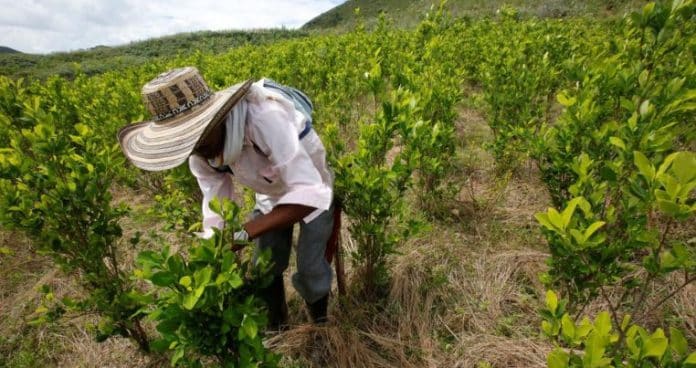The United Nations Office on Drugs and Crime (UNODC) has published the Global Report on Cocaine 2023 revealing the surge in global cocaine production. The COVID-19 pandemic initially slowed down the production, but between 2020 and 2021, the area of land used for coca cultivation increased by 35% to over 1,160 square miles.
This is the largest year-on-year increase since 2016 and is the result of both an increase in coca bush cultivation and advances in the conversion of coca bush to cocaine in its crystal form.
The Cocaine Comeback
As per the Global Report on Cocaine 2023, cocaine production has rebounded and is even higher than what it was before.” Despite this growth in production and trafficking, law enforcement efforts have resulted in the seizure of almost 2,000 tons of cocaine in 2021 alone, demonstrating the resilience and determination of traffickers.
Traffickers have resorted to innovative tactics, such as hiding cocaine inside avocados, facemasks, and crates of squid, as well as chemically breaking down the drug and invisibly mixing it into liquids, waxes, and fabrics.
The supply growth appears to be driven by demand, with many regions showing a steady rise in cocaine users over the past decade. While the market remains mostly concentrated in the Americas and parts of Europe, the UNODC warns of “strong potential for a large expansion in Africa and Asia.”
Emerging Trends in Trafficking
The Global Report on Cocaine 2023 also highlights the emergence of trafficking hubs in Southeastern Europe and Africa, with West and Central African countries increasingly being used as staging zones for the drug.
Spain and Portugal, which were previously the main entry points for cocaine into Western Europe, have been replaced by North Sea ports like Antwerp, Rotterdam, and Hamburg. Traffickers are also diversifying their transport methods, with increases in the use of aircraft, ships, fishing boats, containers, and third-party transport service providers.
Moreover, the strategies employed by cocaine traffickers are becoming increasingly fragmented and complex. The report reveals that the demobilization of fighters from the Revolutionary Armed Forces of Colombia (FARC), who previously controlled many of Colombia’s coca-growing regions, has created an opportunity for new, local actors, ex-FARC guerrillas, and even foreign groups from Mexico and Europe to step in.
Furthermore, the report identifies the emergence of specialized groups known as “service providers,” who offer their services at every stage of the supply chain for a fee.
Aim of the Report
UNODC has advised that the report’s insights on the modalities, routes, and networks used by criminal actors are vital to the development of evidence-based strategies that can effectively address future developments in cocaine production, trafficking, and use.
By providing the latest knowledge and trends on cocaine trafficking, the report aims to support proactive efforts that can anticipate and respond to the constantly evolving tactics employed by criminal groups.
The UNODC Executive Director Ghada Waly stresses that “the surge in the global cocaine supply should put all of us on high alert,” and calls for “transnational responses based on awareness raising, prevention, and international and regional cooperation.”
With cocaine shipments being dropped in open seas and collected by other vessels, the trafficking of cocaine poses a significant transnational threat that requires a coordinated response.


